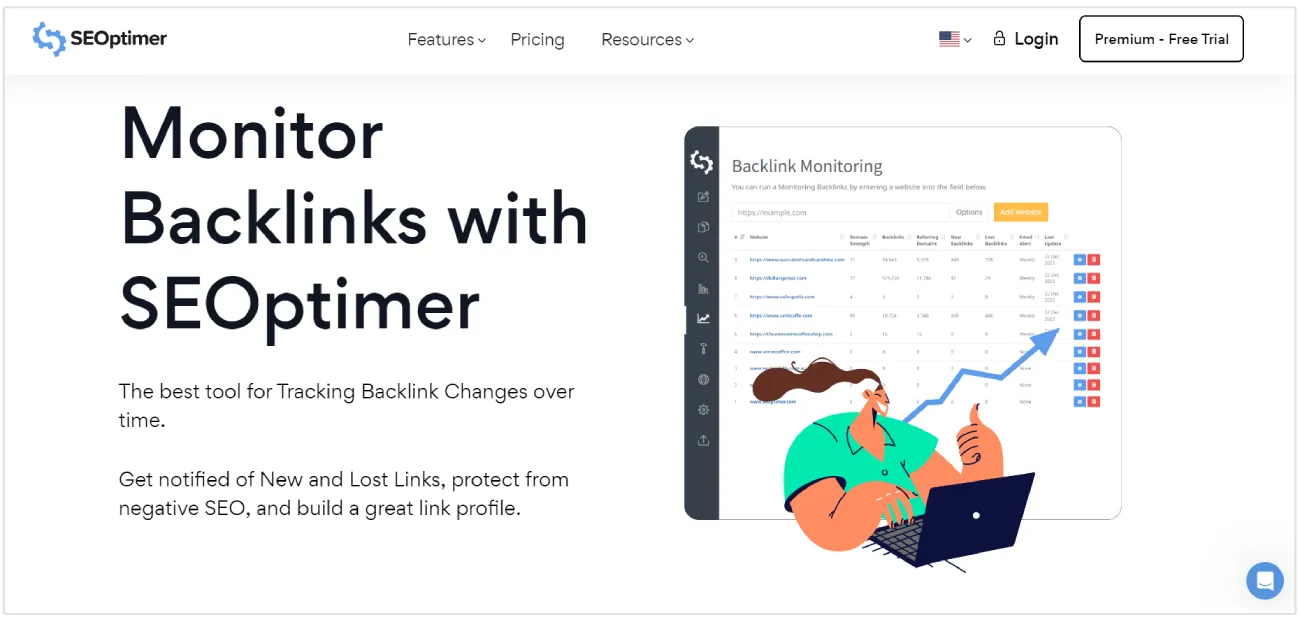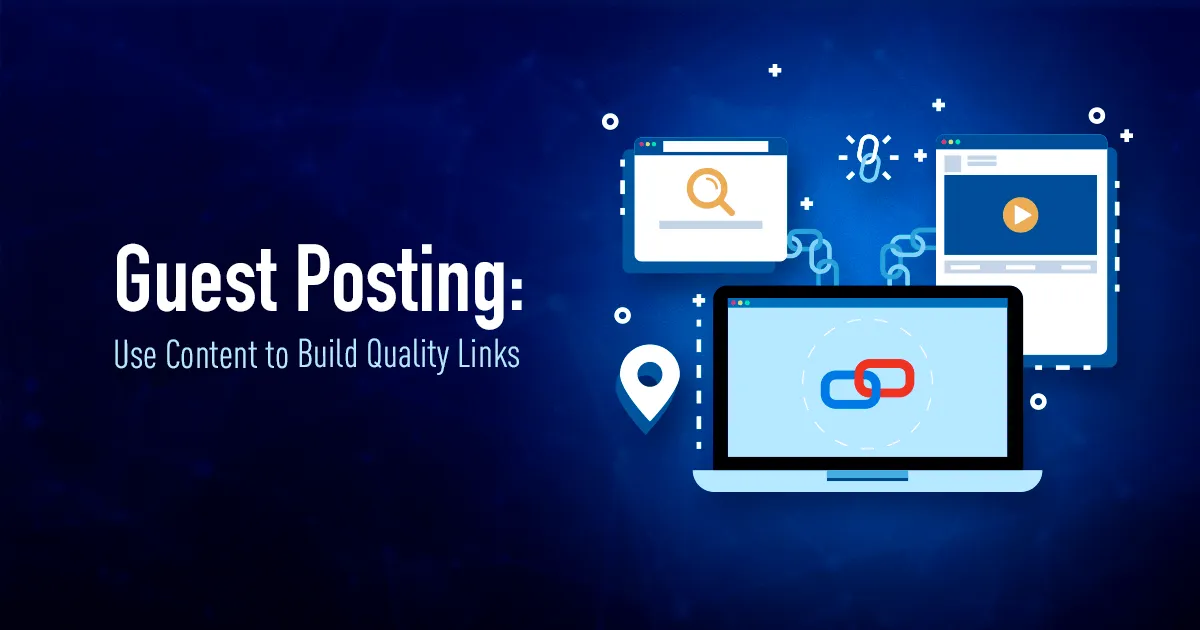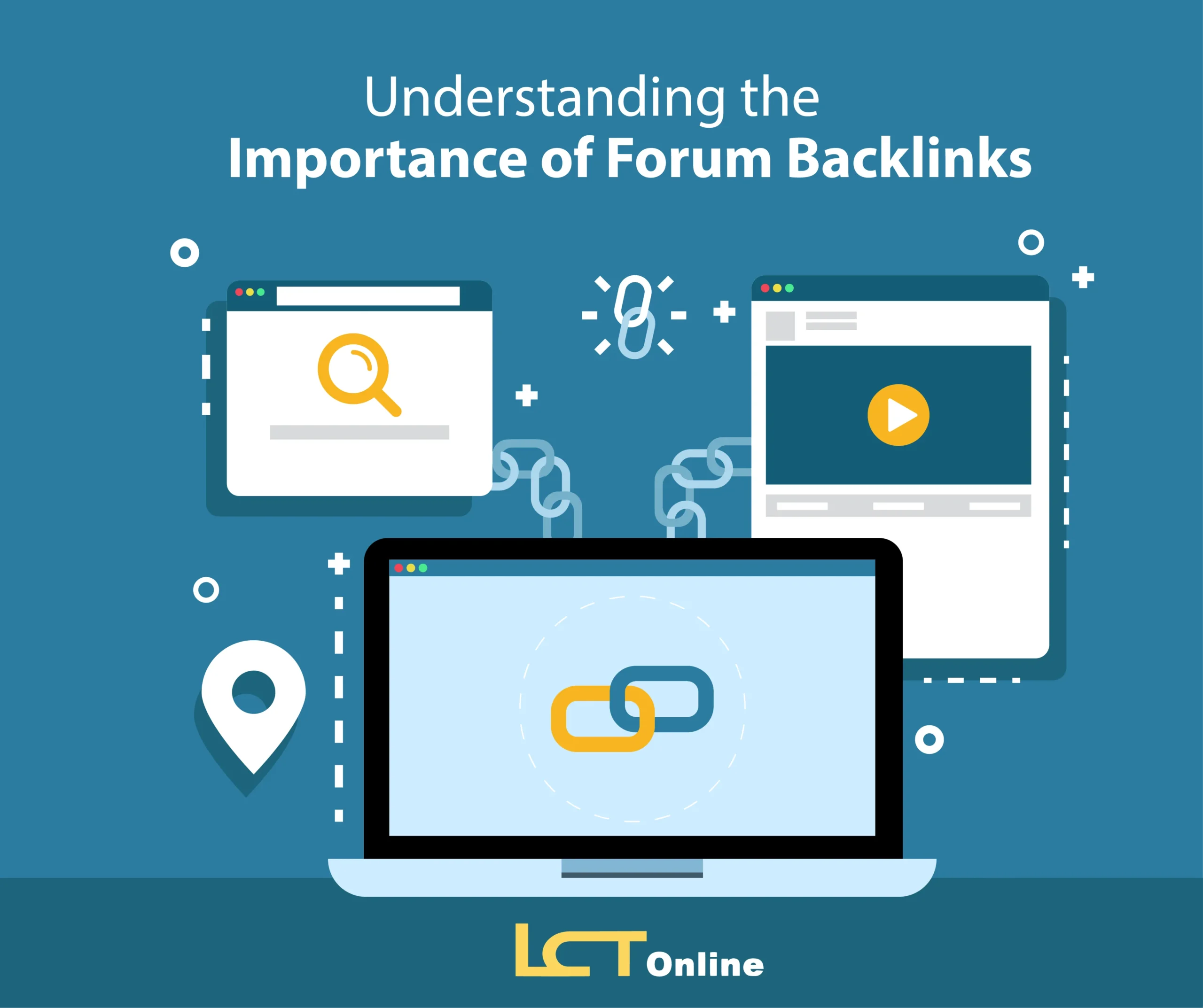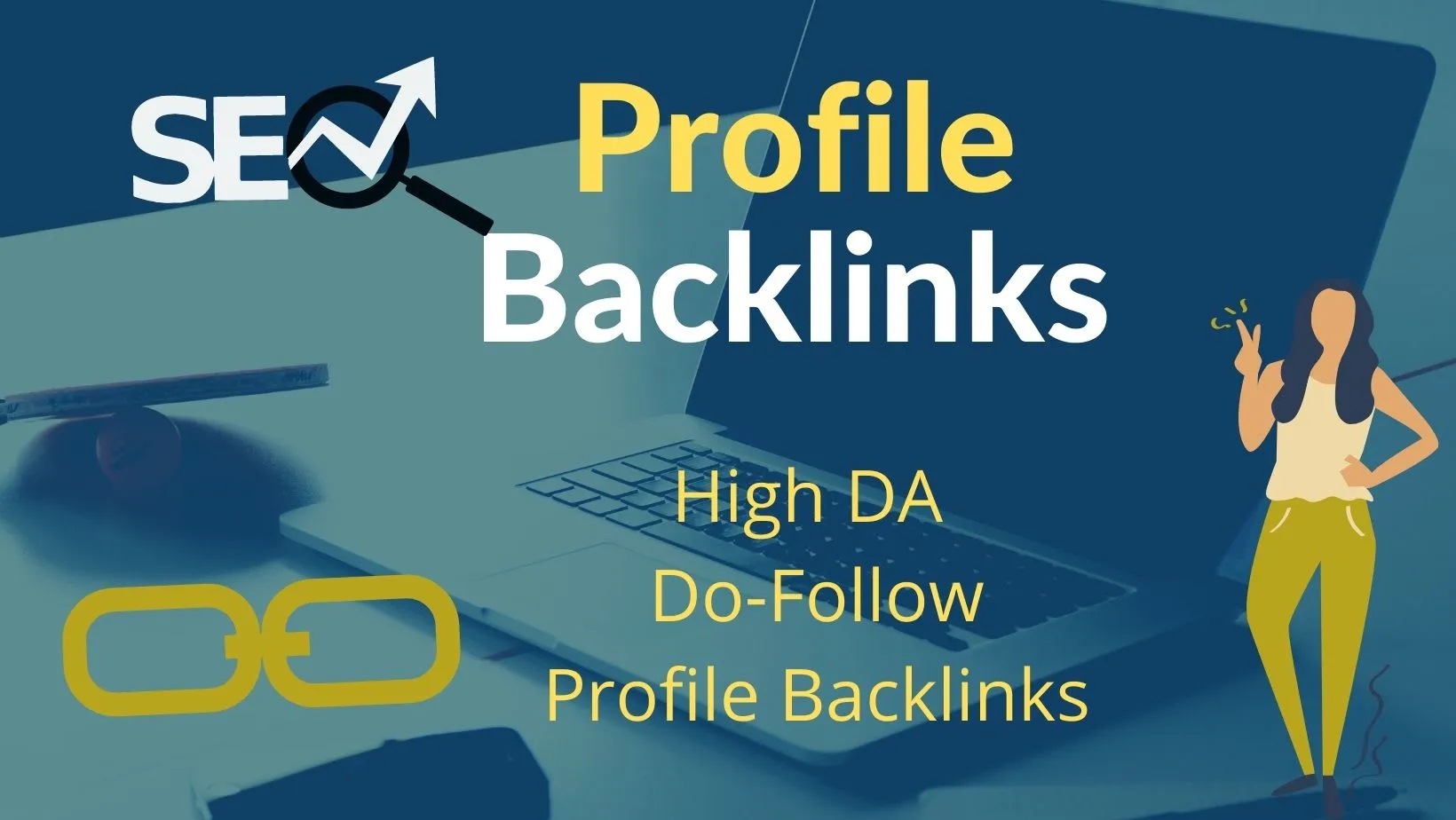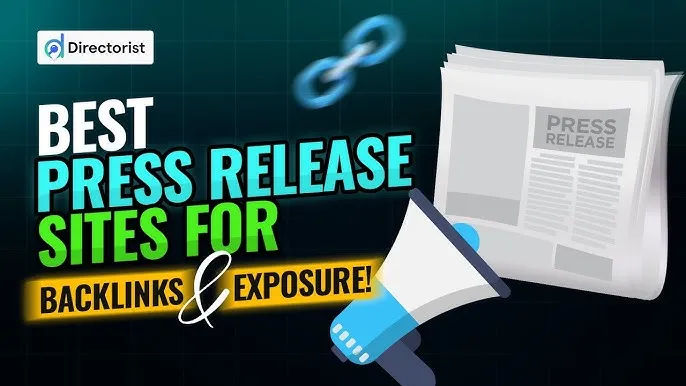Introduction
Backlinks are one of the most powerful ranking signals in SEO. They act as trust indicators, telling search engines that other websites consider your content valuable. But building backlinks is only half the battle — the real challenge is how well you monitor your backlinks.
Why? Because backlinks can disappear, turn toxic, or change value over time. Competitors may even attempt negative SEO attacks with spammy links. If you don’t track your backlinks regularly, your entire ranking strategy can collapse without warning.
That’s why every website owner, blogger, and marketer must monitor their backlinks consistently. In this article, we’ll explore why backlink monitoring is essential, the best tools to track your link profile, and proven strategies that boost rankings instantly.
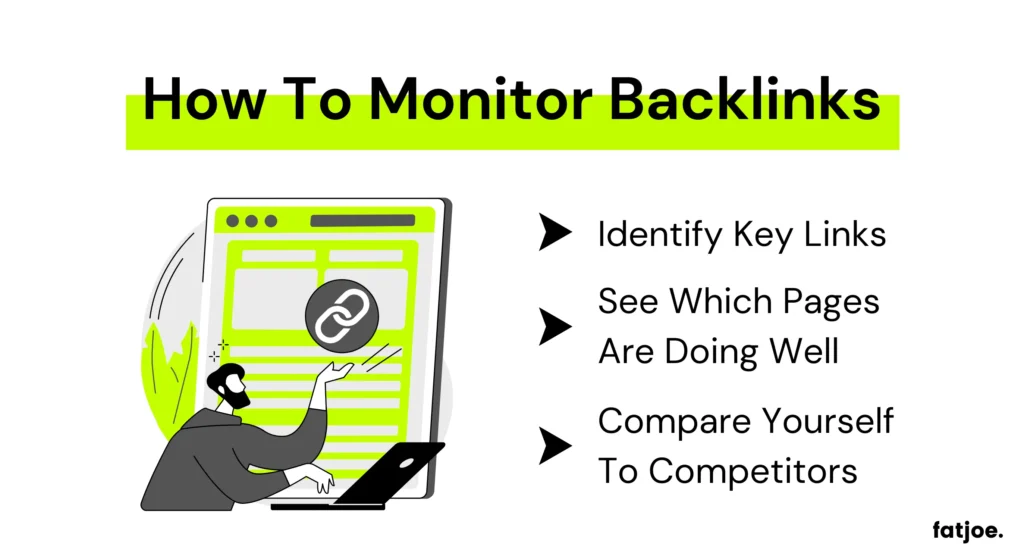
Why You Must Monitor Your Backlinks
Monitoring your backlinks gives you full control over your website’s authority. Here’s why it matters:
- Detect Lost Backlinks: Links can be removed or replaced without notice. Tracking helps you reclaim them.
- Identify Toxic Links: Low-quality or spam links can trigger Google penalties. Early detection protects your site.
- Analyze Link Growth: Tracking helps you understand which campaigns deliver results.
- Prevent Negative SEO Attacks: Competitors may build harmful links to your site — monitoring helps you disavow them fast.
- Measure ROI of Link Building Campaigns: By tracking link performance, you know which strategies drive success.
Simply put, if you don’t monitor your backlinks, you don’t control your SEO.
How to Monitor Your Backlinks Effectively
To monitor your backlinks like a pro, follow these key steps:
Step 1: Use a Reliable Backlink Monitoring Tool
Choose a trusted platform like Ahrefs, SEMrush, or Google Search Console to fetch accurate backlink data.
Step 2: Analyze Link Quality
Check the domain authority, relevance, and anchor text of every link.
Step 3: Track New vs Lost Links
Monitor link growth trends to measure progress.
Step 4: Identify Toxic or Suspicious Links
Remove or disavow spammy links before they damage your rankings.
Step 5: Set Automation Alerts
Most tools offer email alerts that notify you whenever you gain or lose links.

Best Tools to Monitor Your Backlinks
Here are the top tools trusted by SEO professionals:
1. Ahrefs Backlink Monitor
- Provides real-time link updates.
- Shows referring domains, DR, and anchor text.
- Includes lost and broken link tracking.
2. SEMrush Backlink Audit Tool
- Detects toxic links using AI scoring.
- Allows easy disavow file export for Google Search Console.
3. Google Search Console (Free)
- Offers basic link data straight from Google.
- Best for beginners tracking verified backlinks.
4. Ubersuggest
- Displays backlink trends and domain score.
- Budget-friendly option for small businesses.
5. Monitor Backlinks (Dedicated Tool)
- Built specifically to monitor your backlinks automatically.
- Sends email alerts for new or lost links.
Types of Backlinks You Should Track
Not all links are equal. When you monitor your backlinks, focus on:
| Link Type | Priority Level | Why It Matters |
|---|---|---|
| High Authority Links | ⭐⭐⭐⭐⭐ | Boost rankings fast |
| Niche-Relevant Links | ⭐⭐⭐⭐⭐ | Strengthen topical trust |
| Branded Anchor Links | ⭐⭐⭐⭐ | Improve brand recognition |
| Exact Match Anchor Links | ⭐⭐⭐ | Useful but risky in excess |
| NoFollow Links | ⭐⭐ | No SEO value, but good for traffic |
| Spammy Links | 🚫 Avoid | Can trigger penalties |
How to Spot Toxic Backlinks
Toxic backlinks usually come from:
- Irrelevant or foreign websites
- Link farms and auto-generated blogs
- Adult, gambling, or hacked sites
- Excessive exact-match keyword anchors
- Suspicious blog comments or forum spam
When you monitor your backlinks and detect harmful links, use Google’s Disavow Tool to reject them.
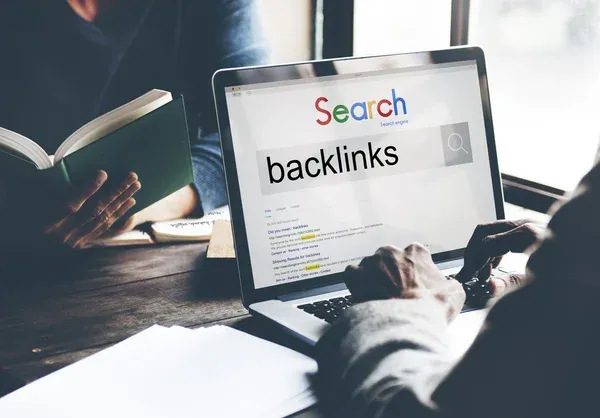
How Often Should You Monitor Your Backlinks?
- Small websites: Once per month
- Growing businesses/blogs: Weekly tracking
- Competitive niches (finance, health, gambling, crypto): Daily monitoring is recommended
Automated email alerts from tools like Ahrefs and Monitor Backlinks make this process effortless.
Power Strategy: Turn Lost Backlinks into New Opportunities
One powerful backlink strategy is reclaiming lost links. When you notice a backlink removed or replaced:
- Contact the website owner politely.
- Offer updated or improved content.
- Suggest replacing the broken or missing link.
A single recovered backlink can deliver more value than building a new one.
Final Thoughts
Backlinks are powerful — but only when you control them. Ignoring your link profile is like building a house without checking its foundation. If you want long-term rankings and sustainable growth, you must monitor your backlinks consistently.


